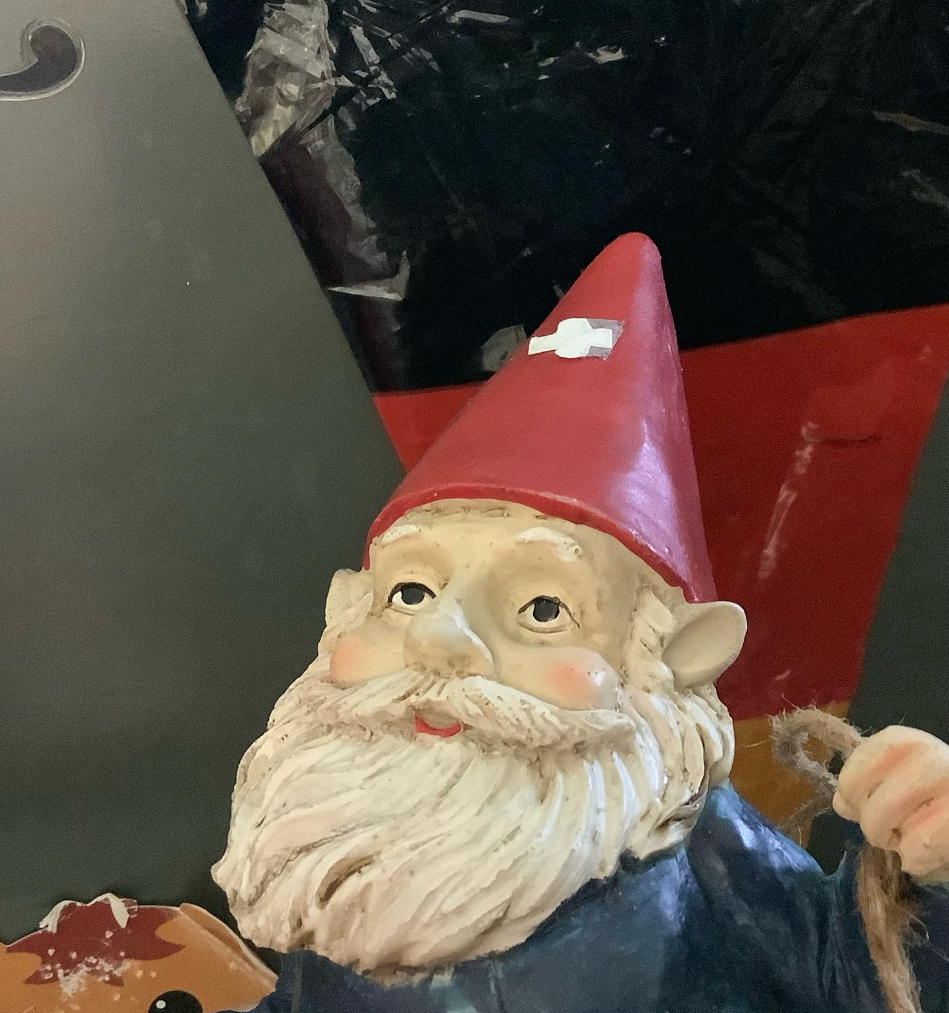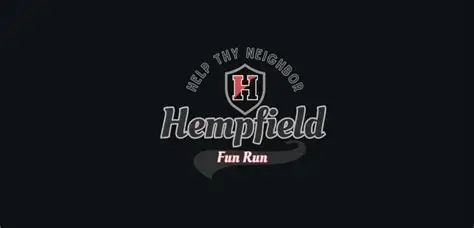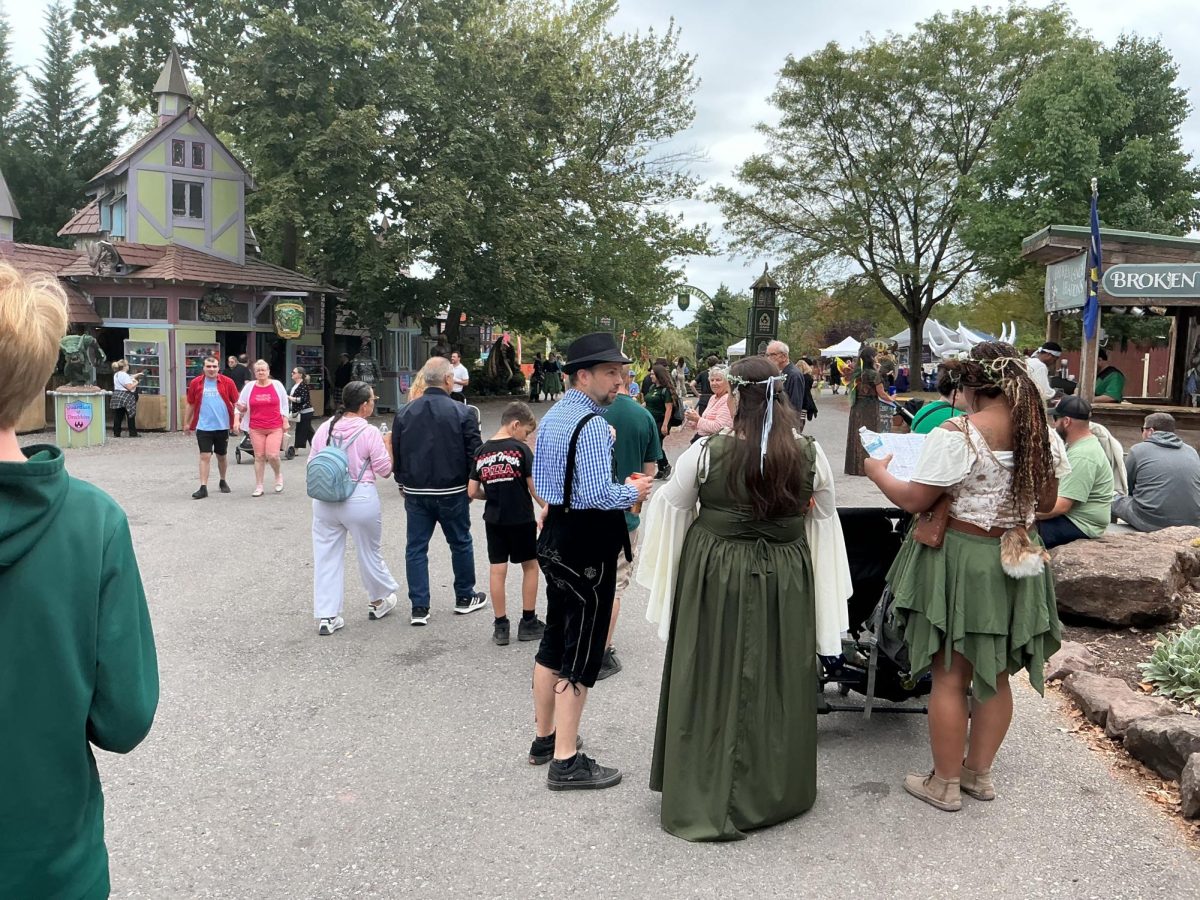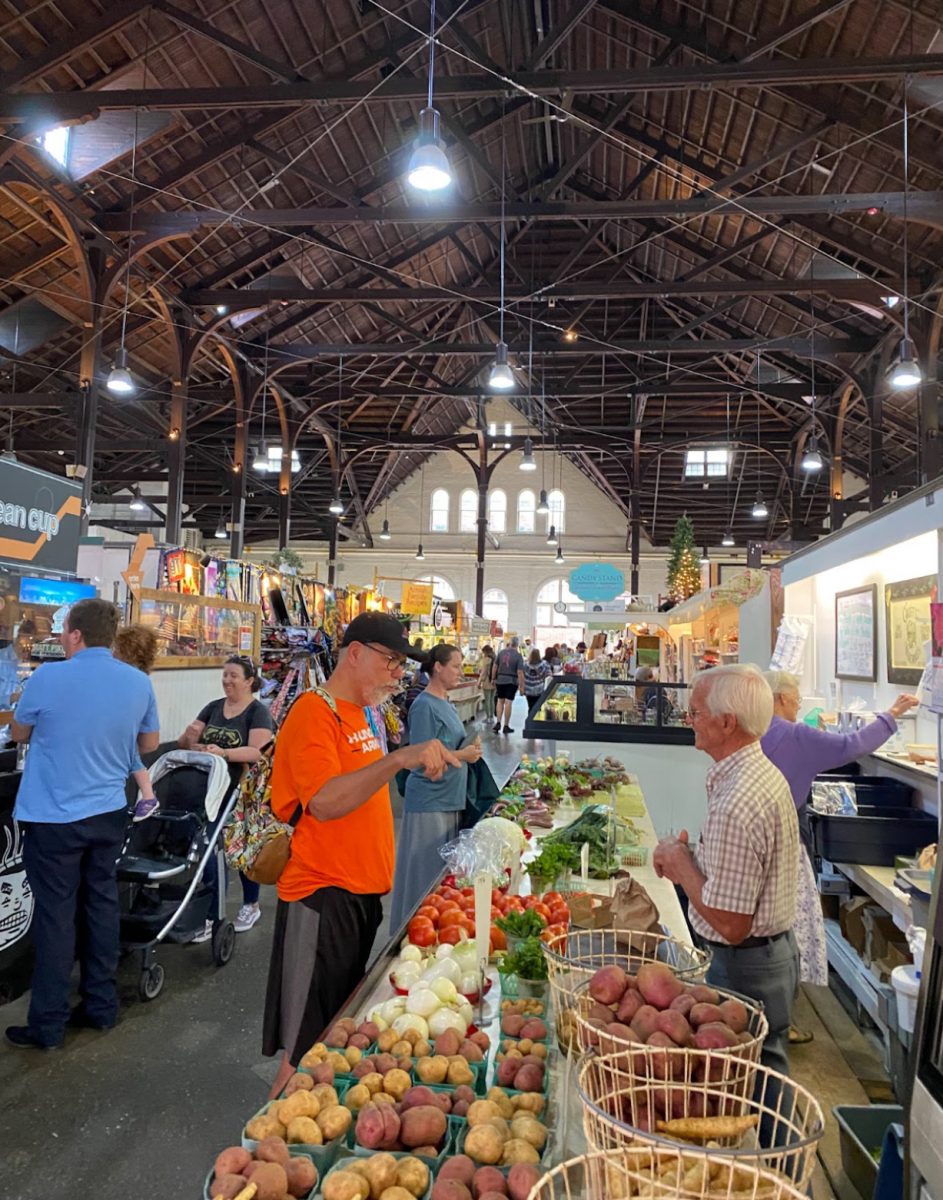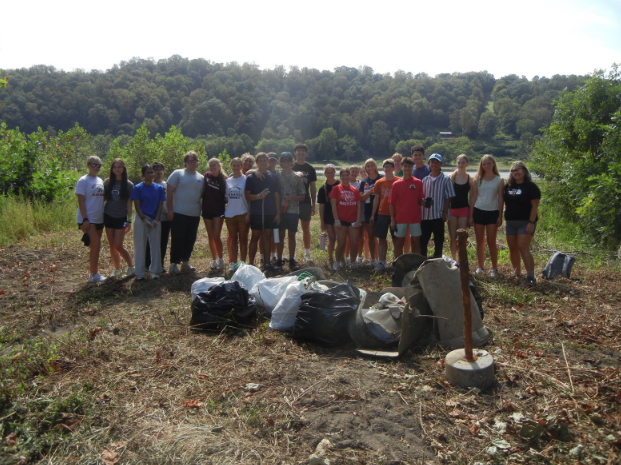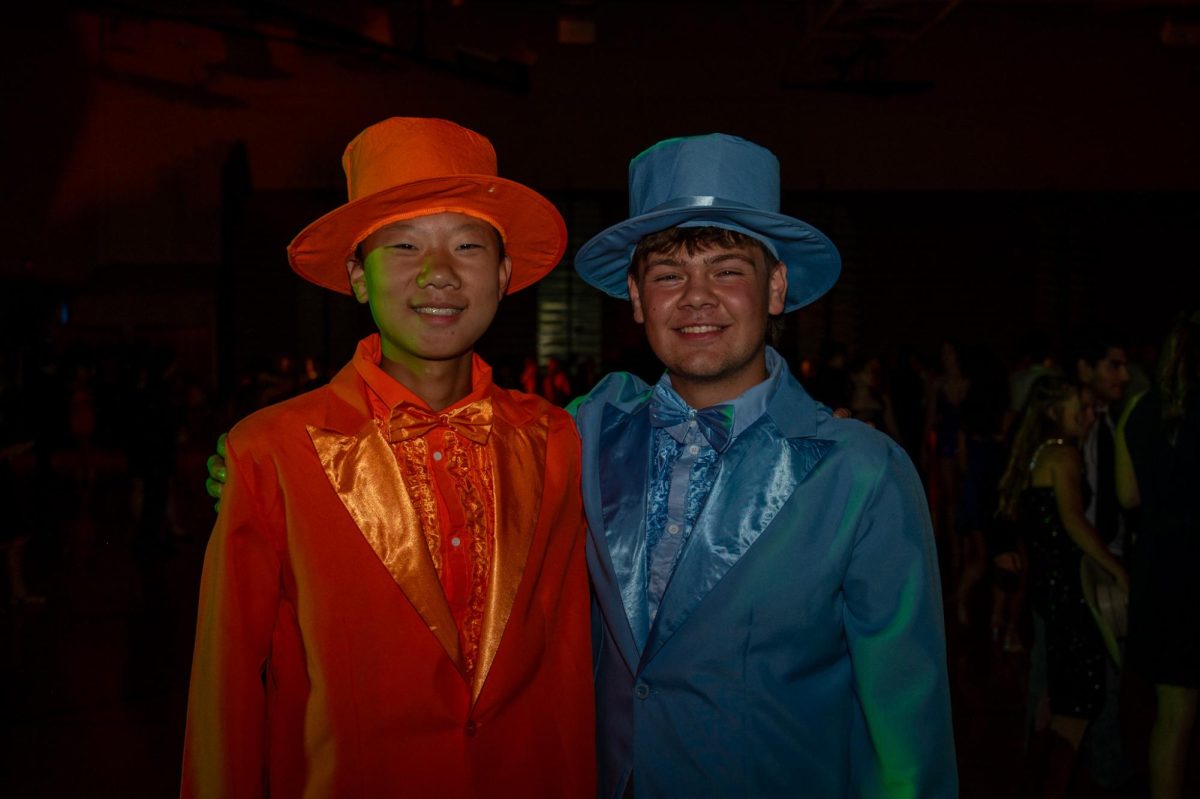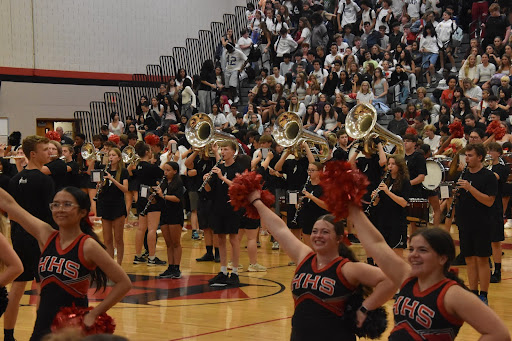Here at Hempfield, our Spanish, French, and German languages all have different mascots, which serve as a big focus and project of the class. All of these projects are a part of language learning here at Hempfield and are unique parts of classes here. Most importantly, they all try to make their respective classes more engaging and interesting for students to learn about the cultures of the language they are learning. These mascots have been a tradition and project in our language classes since the 2000’s, so you can ask former students you know to see if they had these, too.
In Spanish IV, the project is called “Ranita Bonita.” While other classes take a more language focused approach with the project, the Spanish classes use these small frogs to learn about the different cultures of Central and South America as well as the language component.
When asked about the reason for choosing frogs for this project, Profe Groh, the Spanish IV teacher here at the high school, explained, “There are several reasons. First, there is an old legend from the University of Salamanca in Spain that states when students enter the university for a test, they should search the facade of the building for a hidden frog that is carved into the intricate building. If they find the frog, they will pass their test! Secondly, the national symbol of Puerto Rico is a frog known as El Coquí. And, finally, brightly colored poison dart frogs are found throughout Central and South America in many Spanish-speaking countries.” She also said that she got the idea from Frau Klein, a German teacher here at the high school, who had gotten it from Madame Nutter, a French teacher here also.
Walking into Frau Henrich’s German III classroom, the first thing that greets you on your right side is a wall of shoe boxes that have been repurposed as the home of the gnomes. The whole semester, the gnomes are the center for many of the class’s assignments and activities. Garden gnomes, or Zwergen in German, are a famous cultural symbol associated with Germany. Speaking to the current teacher here for German III, Frau Henrich, she explained, “The idea behind the gnome project: Up until German 4, students are always talking in the first person. I do this, I do that, I do this. So, we threw in the idea of the gnomes to get them talking about someone else and practicing the third person . . . The gnome also allows for a lot of communicative activities like speaking activities . . . So just ways to get students to use the language that isn’t always about themselves.”
In French classes, the classes use snails, or escargot in French, as a main project in the class. These snails in a jar are also a big part of this class. Madame Tyson, a teacher for French classes, had this to say: “At the beginning of the year, the students adopt an escargot. So, I provide the escargot, they create personalities for their escargot, they name them, they give them personalities, give them likes, give them dislikes . . . they design a house for their escargot, and then they are responsible for bringing them to class everyday . . . It really brings the language to life and makes it fun for students, so they’ve become integrated members of our class.” Though the glass jars that hold the snails might be small, their part in the class has clearly been big and made the class better and more enjoyable for everyone taking it.


